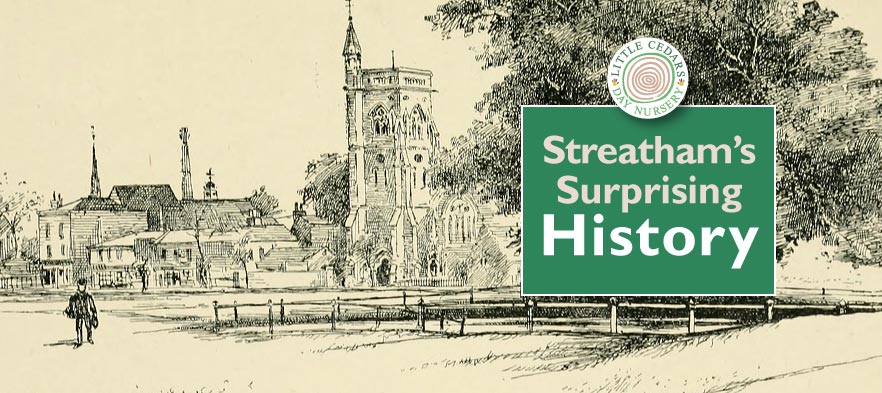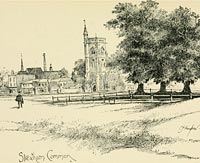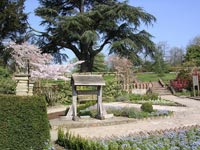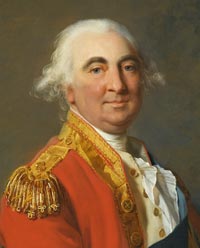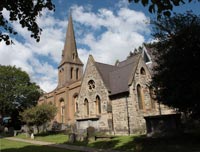
 Are you a student as well as a parent? If so, there are several Government schemes that offer help with childcare costs, some of which will save student parents substantial amounts of money. By doing so, they also make the prospect of juggling parenthood with being a student much more manageable. Today we examine the key childcare funding options, including how the type of course and the age of the parent affect eligibility.
Are you a student as well as a parent? If so, there are several Government schemes that offer help with childcare costs, some of which will save student parents substantial amounts of money. By doing so, they also make the prospect of juggling parenthood with being a student much more manageable. Today we examine the key childcare funding options, including how the type of course and the age of the parent affect eligibility.
For Student Parents Studying in Full-Time Higher Education
The Student Childcare Grant
The Student Childcare Grant is essentially free childcare funding and does not have to be repaid.
 The very generous Student Childcare Grant is available for eligible students who who are studying full-time on a higher education course and have dependent children aged 14 or under (16 or under if they have special needs).
The very generous Student Childcare Grant is available for eligible students who who are studying full-time on a higher education course and have dependent children aged 14 or under (16 or under if they have special needs).
Additional eligibility factors regarding the Childcare Grant for Students:
- You must either receive, or be eligible to receive, undergraduate Student Finance based on your household income.
- The Student Childcare Grant is available in addition to any standard Student Finance that may be in place for you.
- The grant does not have to be paid back.
- It can cover up to 85%* of an eligible student’s childcare fees.
- However, the most it will pay out for childcare each week is £183.75* if you have one eligible child, or £315.03* for more than one.
- The child or children mentioned in your application must be financially dependent on you.
- You, the parent, must be a permanent resident in England.
- You are not eligible for the Childcare Grant for Students if you are in receipt of a Postgraduate Loan.
- You are also not eligible for the Student Childcare Grant if you, or your partner if you have one, claim Tax-Free Childcare, Universal Credit or the childcare element of Working Tax Credit.
- Families who get financial support through the National Health Service are also not eligible.
The Student Childcare Grant is paid into a Childcare Grant Payment Service (CCGPS) account and an eligible childcare provider will be paid directly from this once the course has begun. There are strict rules around eligibility for the childcare provider, including that they must be properly registered as such (e.g. with Ofsted or the General Childcare Register) and cannot be a relative if the childcare is taking place at home.
Find out more about Student Childcare Grants and the application process here.
For Student Parents (20+) Studying in Further Education & Facing Financial Hardship
The ‘Learner Support’ Scheme
 If you are aged 20 or over, are a parent studying in further education for a qualification on a Level 3 course or below and are facing financial hardship, you may be eligible for childcare funding under the Learner Support scheme. This funding could help you with childcare and other study-related costs if you fit the right eligibility criteria.
If you are aged 20 or over, are a parent studying in further education for a qualification on a Level 3 course or below and are facing financial hardship, you may be eligible for childcare funding under the Learner Support scheme. This funding could help you with childcare and other study-related costs if you fit the right eligibility criteria.
How much childcare funding you are eligible for through the scheme depends upon your exact circumstances and income. The childcare provider, though, must be Ofsted-registered.
Those studying in higher education and in receipt of Student Finance are not eligible, nor are those studying on a Community Learning course. There are also some specific rules for those who are helped via the Advanced Learner Loan Bursary Fund.
For Student Parents Under 20 Studying on a Publicly-Funded Course
The ‘Care to Learn’ Scheme
 If you are a parent as well as a student aged under 20 when you begin one of a range of publicly-funded courses in England, you may be eligible for childcare funding through the Care to Learn bursary scheme. If eligible, you could claim as much as £175 in childcare per week, per child if you live in London, reducing to £160 per week, per child, outside London.
If you are a parent as well as a student aged under 20 when you begin one of a range of publicly-funded courses in England, you may be eligible for childcare funding through the Care to Learn bursary scheme. If eligible, you could claim as much as £175 in childcare per week, per child if you live in London, reducing to £160 per week, per child, outside London.
Care to Learn funding can be used for the standard childcare costs as well as both a deposit and a registration fee. It can even be used to fund a childcare ‘taster’ period of up to 5 days for your child and to fund your travel costs to/from the childcare setting. What’s more, it can also be used to secure your childcare place during Summer Holidays.
Publicly-funded courses that fit in with the scheme include schools, sixth-form schools/colleges, academies, some colleges and a few other types of setting. However, your course must not be a higher education course at a university, nor can you claim if you are studying as an apprentice and receive payment for it.
Your childcare provider must be either Ofsted-registered, a school, or registered with a childminding agency. However, if so, they can be a nursery, pre-school, playgroup, out-of-school club or simply a childminder. They receive payments direct, but can only claim payments once they have confirmed both your attendance on your course and your child’s attendance at the childcare setting.
Find out more about the Care to Learn Scheme and how to apply here.
Free Childcare for Streatham Students at Little Cedars Nursery

 Little Cedars supports all official childcare funding schemes and offers high quality childcare at it’s nursery and pre-school in Streatham. We may therefore suit parents who are also students studying at one of the many schools, sixth-forms, colleges, universities and training centres nearby, including around Tooting, Balham, Norbury, Colliers Wood, West Norwood, Wandsworth, Clapham and Brixton. We would be happy to discuss childcare funding options with any parent and can often point people in the right direction, including knowledge on eligibility, applications and actual funding. If you’d like to know more or would like to reserve a childcare place for your child at the nursery, please follow the buttons below.
Little Cedars supports all official childcare funding schemes and offers high quality childcare at it’s nursery and pre-school in Streatham. We may therefore suit parents who are also students studying at one of the many schools, sixth-forms, colleges, universities and training centres nearby, including around Tooting, Balham, Norbury, Colliers Wood, West Norwood, Wandsworth, Clapham and Brixton. We would be happy to discuss childcare funding options with any parent and can often point people in the right direction, including knowledge on eligibility, applications and actual funding. If you’d like to know more or would like to reserve a childcare place for your child at the nursery, please follow the buttons below.
* Figures are correct at time of writing (October 2022) in relation to the academic year 2022-2023.

